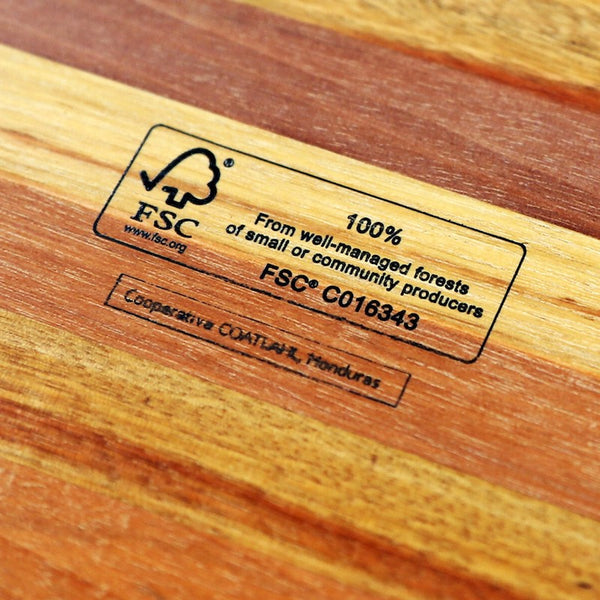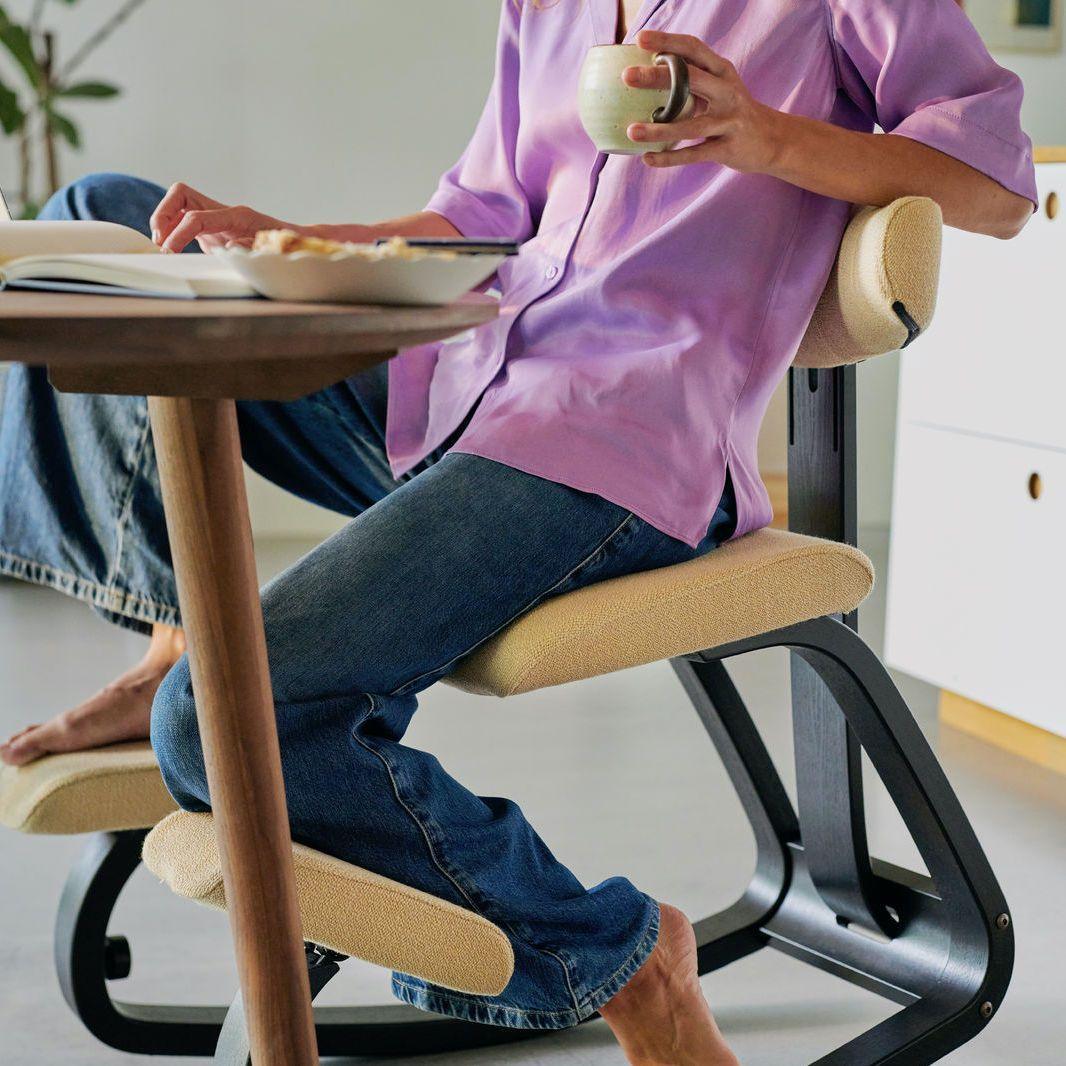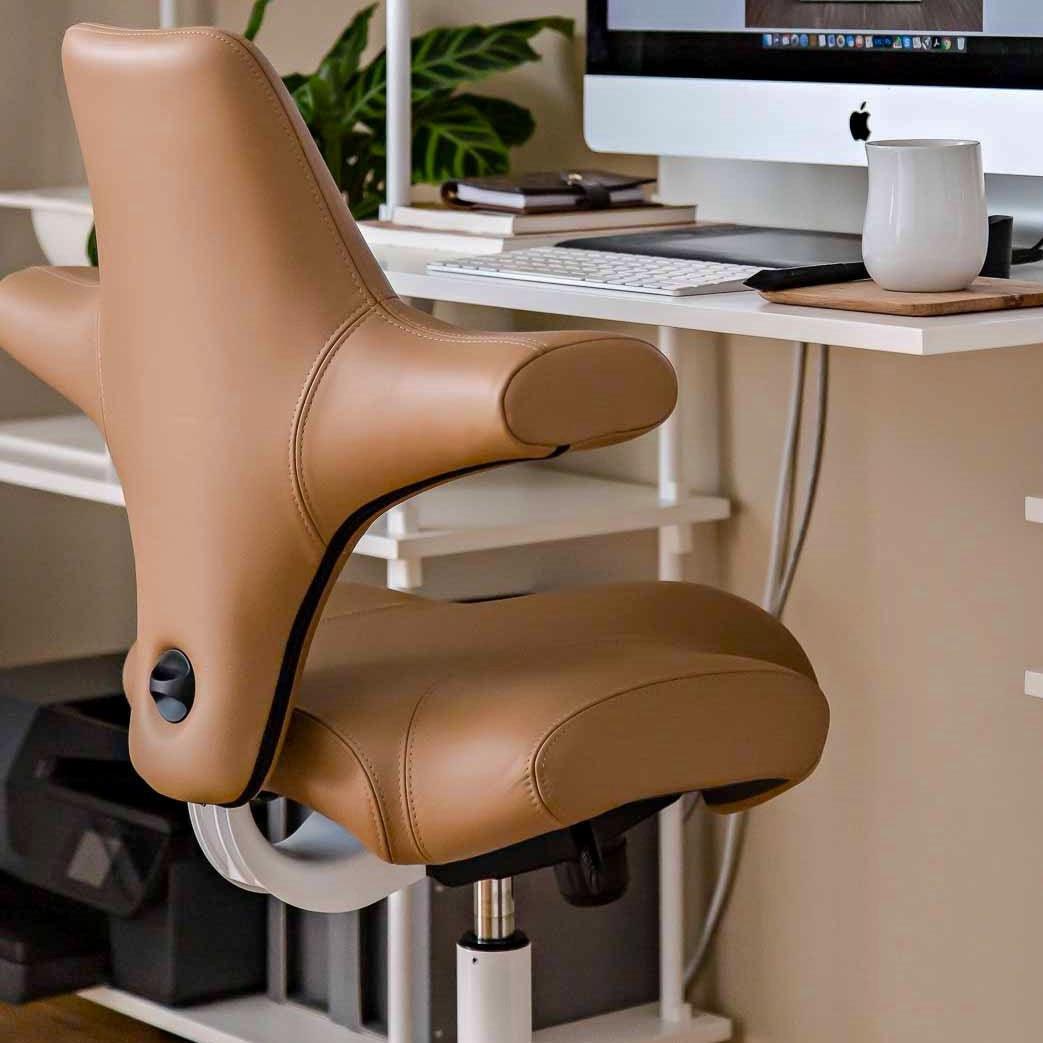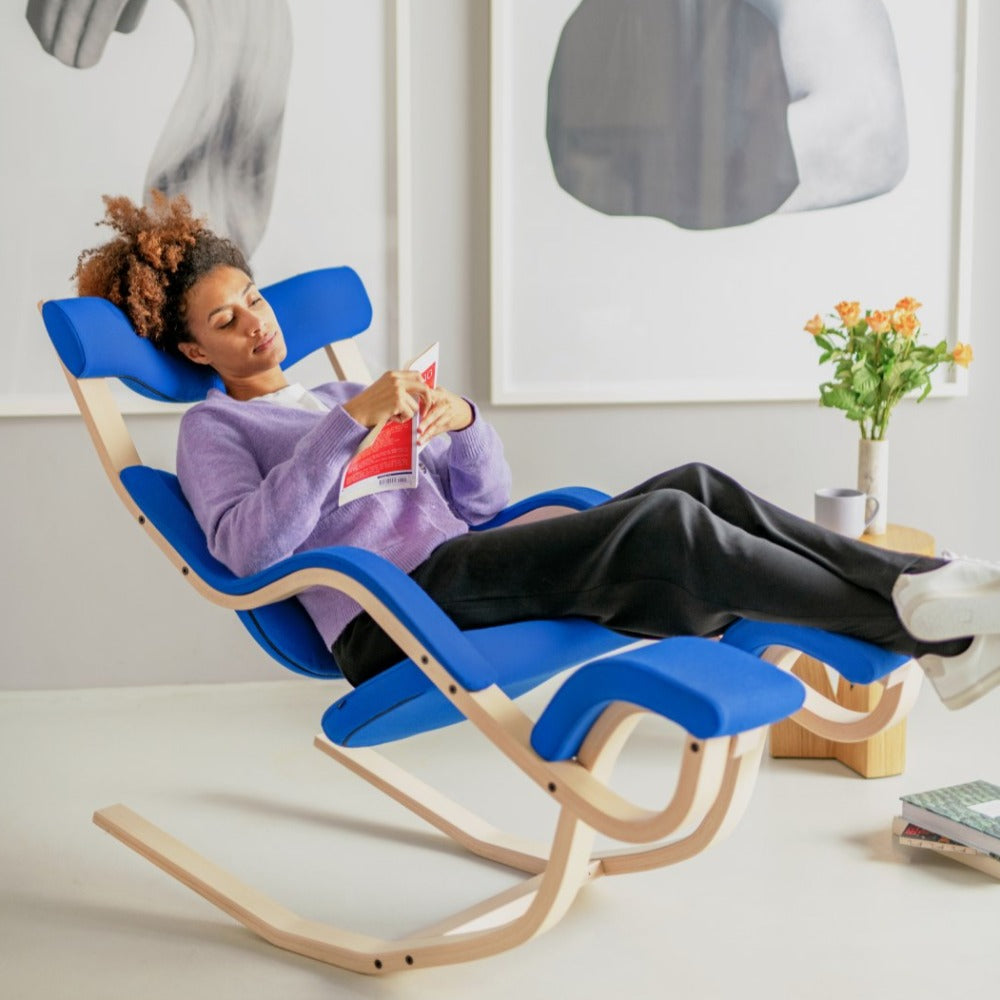The answer to the question"Is sustainable furniture more expensive than non-sustainable one?" is no. Buy sustainable furniture for your home is a better investment.
(Sorry for ruining the suspense—usually in posts like this they make you read all the way to the end for the big reveal, but your time is valuable so I thought I’d cut right to the chase.)
But, yeah, it’s true. Sustainable gives you the best value for your dollar in the long run.
However, it does more than that. It also gives you greater well-being—for yourself, your loved ones, your community, and the planet. As a result, buying sustainable furniture gives us peace of mind and a sense of having done the right thing on a grand scale.

Healthy and friendlier to the environment

In a moment I'll offer an actual dollar-and-cents comparison of sustainable versus non- moment. But first, I want to explain why it so important choose furniture.
Most furniture is made from wood— in part or full. Wood is considered sustainable if comes forests that are managed such way they and foremost renewable. That means for every tree harvested the stewards forest plant one more trees to replace it. It also means that steps are taken to minimize or prevent human-caused damage to the eco-systems within and surrounding the forest. In other words, sustainable wood comes from forests that are going to exist when your grandchildren have kids of their own—forests that will be around to provide a healthy, happy haven for wildlife and that can deliver clean air into the atmosphere for generations to come.
By the opposite token, non-sustainable wood almost always comes from forests where harvesting occurs without any regard to replacement of felled trees. The worst such form of harvesting is clear-cutting. When a forest is clear-cut, it’s laid barren. Some trees may regrow on their own, but unless carefully treated the forest never really revises and gets back to its former glory.
Now, the fact that wood comes from a sustainable forest doesn’t by itself qualify the harvested wood as sustainable. It earns the sustainability designation by virtue of being harvested and milled very close to the factory or shop where it will be turned into furniture. This proximity reduces the amount of fossil fuels consumed by the vehicles that transport harvested wood to the production facilities. As a result, the carbon footprint of sustainable furniture is a lot smaller than it is for non-sustainable products.
Similarly, the furniture made from sustainable wood isn’t considered sustainable unless the manufacturing process itself is also sustainable.
One aspect of this is that sustainable furniture is made without use of adhesives and coatings that contain volatile organic compounds, which can be released into your home and cause headaches, nausea, fatigue—even cancer, in worst cases.

Sustainable is a better deal financially
Importantly (especially in the context of the discussion we’re having in this post), sustainable furniture is typically of higher quality so it lasts longer. That makes it less likely to end up as waste in a landfill after just a few years of use.
Which leads me to the real-life economics example I promised to share.
Sustainable furniture maker Varier makes an active chair called the Variable Balans. Everything about it bespeaks quality crafting: from the choice of sustainable wood and hardware to the sustainable production process. The chair sells for $379.
If a competitor were to make this exact same chair but instead using non-sustainable wood, hardware, and construction, it would sell from probably around, oh, say, $149.
At first blush, the non-sustainably made chair looks to be the better bargain. Purchase it and you’d save $230.
But here’s the thing. Ten years from now, you’ll still own that Variable Balans. If you bought the cheapo knockoff instead, you’ll likely have replaced it maybe three or four times in that same 10-year span due to its lower quality all around.
Translation: in 2032, you’ll be out the $379 you spent in 2022 to buy the Variable Balans, but in 2032 you’ll be out somewhere between roughly $450 and $600 for the inferior copy you first bought in 2024 (and then had to buy anew in 2024, 2026, 2028, and 2030 or thereabouts).
Now look at the savings. Had you bought sustainable you’d be ahead by anywhere from $71 to $221. A pretty good return on your investment.

Final thoughts
According to the U.S. Environmental Protection Agency, some 9 million tons of furniture were tossed into urban landfills in 2021.
That’s one of the reasons why I’ve been so deeply committed to curating a collection of sustainable furniture and accessories for home offices. Here at Phil Zen Design, we work with suppliers striving to achieve and maintain the highest environmental standards. This includes the organization we partner with to plant a tree every time you make a purchase from us.
So far we’ve planted more than 1,300 trees—and we’re looking forward to increasing that number many times over with your help! Trees clean the air we breathe, filter the water we drink, provide us with medicines, and form a habitat for incredible varieties of animals, birds, insects, and plant life.
Please have a look at our sustainable-oriented collection. And don’t hesitate to get in touch with us if you have questions about sustainable furniture, those home-office workstations and seating products that minimize harm to the earth while elevating your well-being and good health.




